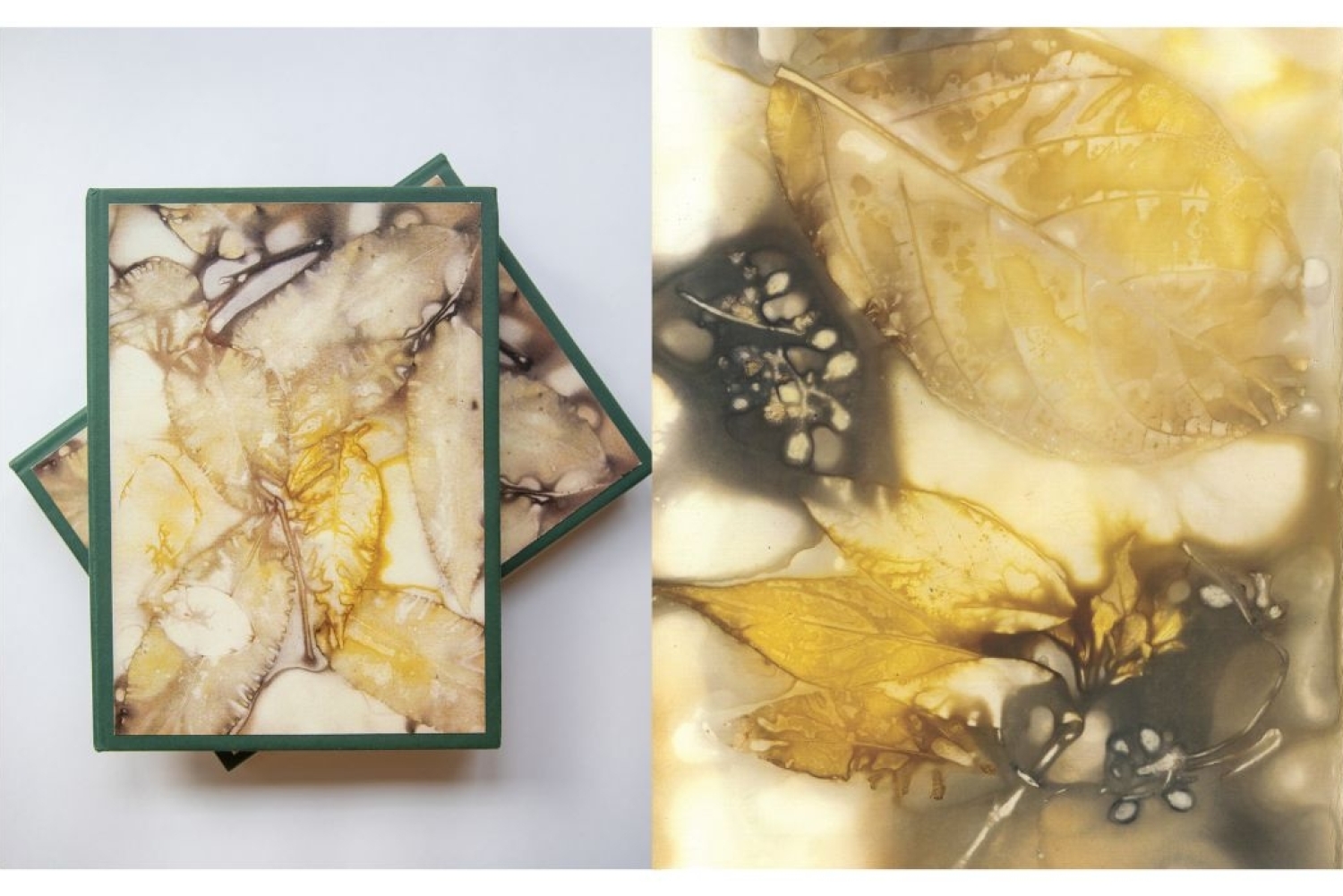

Talking to artist, curator and publisher Anshika Varma informed me that her brainchild, Offset Projects, is more than just an institution. Its nature resists rigid categorization. She described it as an ‘abstraction’. It has a fluid entity shaped by inquiries and interactions rather than a fixed mandate. It responds organically to creative engagement, whether from artists, enthusiasts, or anyone drawn to deep exploration.
Her own project began as an instinctive response captured with a camera, but manifested first into a site-specific installation and then a stunning book. Titled The Wall, the project celebrates the transformation of art through tactile experiences and visual storytelling. We explore Anshika’s photography practice and the journey of creating a reflective space for artists with Offset.
You refer to Offset Projects as an artistic inquiry. Can you explain how you began this project and how it has evolved?
I believe an artist’s practice is shaped by the methods they use to engage with the world and the ways in which they translate their curiosity into forms, languages, and diverse structures. This act of creating, regardless of form, is the essence of an artistic process. Even in scientific studies, the process of research begins with a proposition—one that often originates from imagined spaces fuelled by curiosity. This way of thinking is not confined to academia or art alone; it is simply a way of being.
A few years ago I had reached a point where I felt we were creating within an echo chamber, images were created and consumed within a small bubble of practitioners, researchers, academics and curators, rarely engaging with those outside of this cubed space. I wanted to understand the significance of creating work, the reach of our collective voice, and its meaning for those who experience it. This curiosity initially took shape through workshops and art therapy programs I conducted, where photography was not just a skill but a bridge to exploring other ideas. Around this time, I also became interested in the book form, questioning who we want to speak to and how far can we take the conversations we want to have through printed material.
This deep dive into bookmaking eventually shaped Offset into a more structured entity as well. Though much of what we do at Offset predated its formalization, this moment solidified its identity.
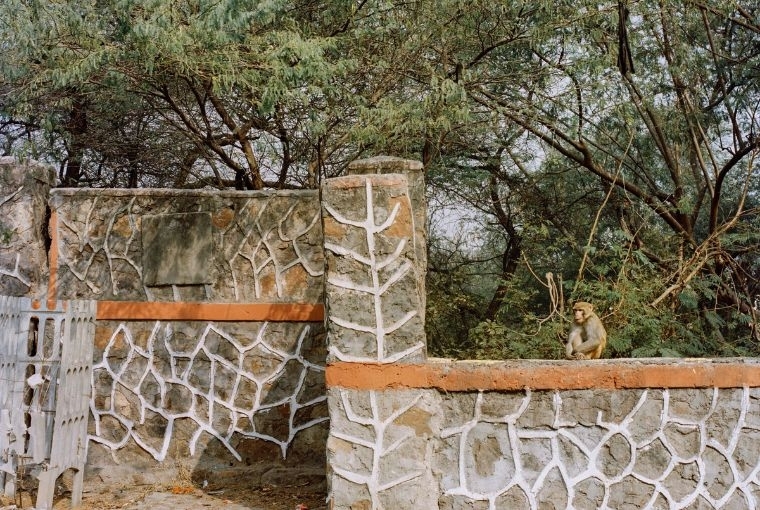
How does the manifestation of that happen?
Offset Projects began with a question that is at the core of our activations - “How can we work with the language of photography to help bring ideas and thoughts together… to converse, research and understand the world we occupy?”
This has led us to bring forward programs and engagements that have laid the foundation for the work we do such as the Offset Pitara, a travelling library with curated readings that provoke conversations in public spaces, private gatherings, festivals and exhibitions. Each of our programs have emerged from asking how we can further the use of photography as a language to communicate with, be it with our workshops, the PhotoBook Intensive program, our exhibitions, residencies and our publishing imprint. The Offset Bookshop, launched in the midst of the pandemic in 2020, is the first space in the region solely dedicated to presenting photo books that are independently produced by artists and collectives and consists of a range of titles from South Asia and beyond. Today, we are very excited to open the Offset Studio, a small space in New Delhi that will host the library and bookshop along with a range of programming including our existing artist talks, presentations, residency formats and a platform for practitioners to share their ongoing processes.
Offset evolved from a personal endeavour into a collective inquiry. While the curatorial curiosity behind it began with my questions, the answers emerged through interactions with artists, students, children, and communities gathering to read, discuss, and share. The realization that Offset was not solely individual led to its transition into a broader collaborative space.
In my own work, the book came to me organically while researching on a project. Through that process, I instinctively began blending print methodologies with photography, incorporating writing and small drawings. The book became a natural vessel to hold these elements together, allowing me to refine my ideas in a way that wasn’t just about photography but emerged from it, while remaining deeply rooted in visual exploration.
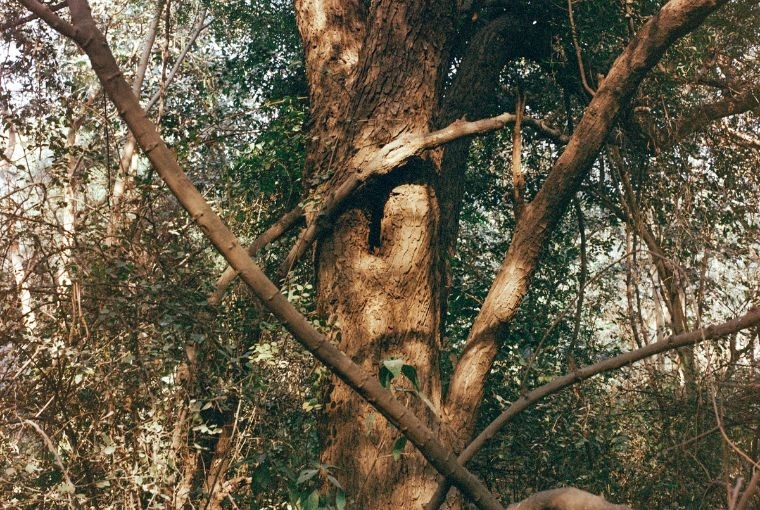
How did the inspiration for The Wall come to you?
My work, The Wall, was born out of my frustration with the construction of a barrier around the Central Ridge in Delhi; a space that, for me, had never been defined by boundaries. The wall altered my relationship with the landscape, prompting a response to the way such constructions reshape one's experience of place. Initially, I approached the work by photographing the wall as a metaphor, exploring the spaces it occupied with my childhood memories. But as the project evolved, I moved beyond the physical structure and into the forest itself. Within that imagined version of the forest—built from recollections and personal histories—I found myself working with material that extended beyond photography.
At that point, other forms of expression naturally emerged. The project provided a space to explore the essence of the idea, rather than being confined by the limitations of any single artistic form.
What shapes has this particular project taken, and how did it form your understanding of storytelling and the way audiences engage with your work?
The project was first shown as a site-specific installation at 24 Jorbagh as part of Mutations, a show curated by Rahab Allana. This was its first iteration, allowing me to share my experiments with various materials—sound, still images, projections and even scent. I created terrariums using soil from the ridge and treated discarded wood from the forest so its smell would transform the space into a forest. At that point, other forms of expression naturally emerged. The first iteration of the book also started there, built from natural pigment prints using foraged leaves and flowers. This tactile, organic approach echoed with me, particularly when we housed the book within a hollowed-out tree bark, transforming it into both an object and an experience. The exploration of my relationship with the forest in the Central Ridge in these diverse forms allowed me to think of what I wanted to say in a deeper manner. We created a space for viewers to come and share their own memories within forests, through text and drawings, and hosted a walk to talk about the changing biodiversity of flora and fauna in the Ridge.
The desire to continue this interaction with viewers led me to the book, a medium that allowed me to bring various materialities together. I immersed myself in the process, experimenting with paper-making, bindings, and printing methods. A different version of the book was recently exhibited at Lumenvisum in Hong Kong and at the Chennai Photo Biennale.
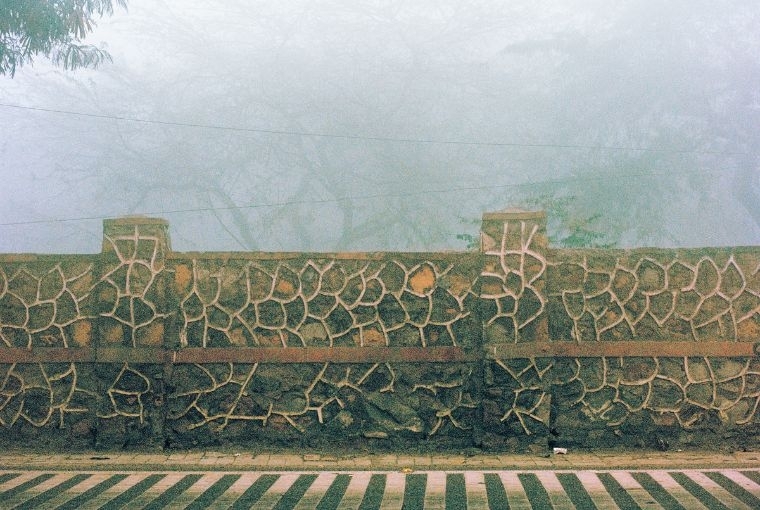
Is there a conversation or message that you're trying to start with the piece of art that you've created?
The Wall was an instinctive response to my experience growing up in Rajinder Nagar, where my life was shaped by constantly crossing the Central Ridge to reach different parts of the city. That drive, surrounded by the forest, felt liberating. When the wall was built, it disrupted that connection, imposing a barrier that changed the way I viewed and moved through the landscape.
Initially, the work was simply a response to this evolving urban architecture. But over time, I realized that conversations around ecology often rely on abstractions or statistics—framing nature in transactional terms, where its value is measured by what it gives us in return. This framing felt limiting.
My proposition through the work and the book is to allow the viewer to step into a moment of personal connection with their environment. It doesn't have to be a forest—it could be a deep-sea dive, a childhood memory of watching butterflies in a park, or any intimate encounter with nature that shapes who we become. The work asks: Can we suspend ourselves from discussions rooted in logistics, academia, and statistics? Can we reconnect with nature purely through the personal archive of our own lived experiences?
And, is the theme of that book one that you find yourself gravitating towards, both as a curator and as an artist?
I’m deeply curious about how the archive of experiences within us shapes who we become. This form of knowledge, rooted in memory and personal history, is something we risk losing touch with. Perhaps reconnecting with it could bring us closer to a more authentic sense of self.
In today’s world, our sense of identity often focuses on external factors. These discussions are vital, and I hope will also allow for deeply personal, introspective elements of our being to find space within these conversations— experiences that coexist alongside societal narratives and help us navigate who we are.
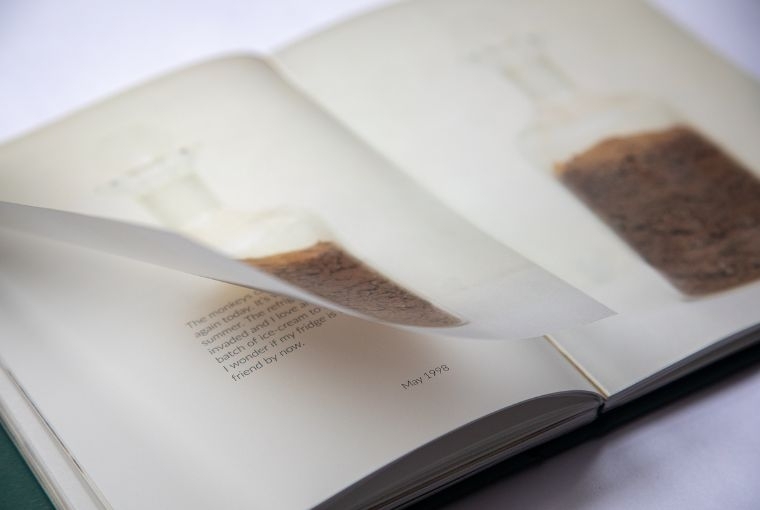
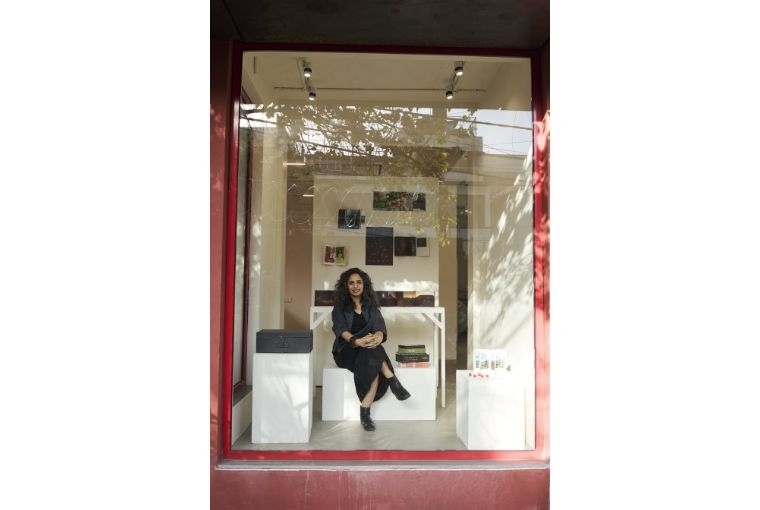
Anshika Varma; Photography by Dwaipayan Mazumdar
Words Hansika Lohani
Date 30-07-2025